BLOG

How to optimize the performance of double-ridge waveguide transition structure?
January 21, 2025
The optimization of double-ridge waveguide transition structures represents a critical aspect of microwave engineering that demands precise attention to design parameters and implementation strategies. This comprehensive analysis explores the fundamental principles and advanced techniques for enhancing the performance of double-ridge waveguide transitions, with particular emphasis on the Double Ridge Waveguide Termination components. Understanding these optimization methods is crucial for achieving superior electromagnetic performance, reduced insertion loss, and improved bandwidth characteristics in modern microwave systems.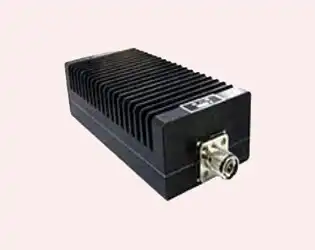
January 21, 2025
Heat dissipation performance in coaxial loads represents a critical aspect of RF and microwave system design, directly impacting system reliability and operational efficiency. Coaxial Load performance is influenced by multiple interconnected factors, including material properties, structural design, cooling mechanisms, and environmental conditions. Understanding these factors is crucial for engineers and technical professionals working with high-power RF systems, as proper heat management directly affects system longevity and performance stability. This comprehensive analysis explores the key elements that contribute to heat dissipation effectiveness in coaxial load applications, providing insights into optimization strategies and design considerations.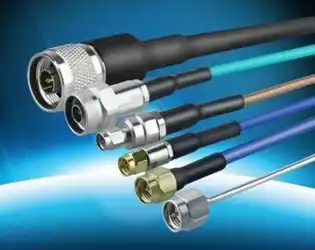
What are the daily maintenance and troubleshooting tips for coaxial cable assemblies?
January 21, 2025
Maintaining and troubleshooting coaxial cable assemblies is crucial for ensuring optimal performance and longevity in RF signal transmission systems. As technology continues to advance, the proper care and maintenance of coaxial cable assemblies become increasingly important for maintaining signal integrity and preventing system failures. This comprehensive guide will explore essential maintenance practices, common issues, and effective troubleshooting techniques that help maximize the performance and lifespan of these critical components in various applications, from telecommunications to aerospace systems.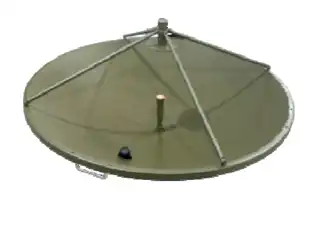
January 21, 2025
In the evolving landscape of antenna technology, understanding the comparative advantages and disadvantages of different antenna types is crucial for making informed decisions in telecommunications and satellite communications. Cassegrain antennas, a sophisticated variant of reflector antennas, have gained significant prominence in high-frequency applications. These antennas, characterized by their dual-reflector system consisting of a main parabolic reflector and a hyperbolic subreflector, offer unique performance characteristics that set them apart from conventional antenna designs. This comprehensive analysis explores the distinctive features, advantages, and limitations of Cassegrain antennas compared to other antenna types, providing valuable insights for engineers and decision-makers in the telecommunications industry.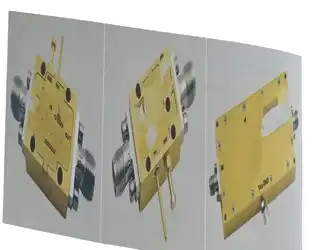
What are the core technical indicators of voltage controlled phase shifters?
January 21, 2025
In the rapidly evolving field of microwave technology, voltage controlled phase shifters (VCPS) represent a critical component in modern RF and microwave systems. These sophisticated devices enable precise phase control of electromagnetic signals through voltage variation, making them indispensable in numerous applications ranging from phased array antennas to advanced communication systems. Understanding the core technical indicators of voltage controlled phase shifters is crucial for engineers and system designers to make informed decisions when selecting components for their specific applications.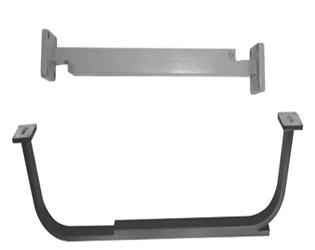
What is the attenuation accuracy of waveguide fixed attenuators?
January 21, 2025
Waveguide fixed attenuators are crucial components in microwave systems that provide precise signal reduction with exceptional accuracy. These devices are engineered to deliver consistent attenuation across specified frequency bands while maintaining phase stability and VSWR performance. Understanding the attenuation accuracy of waveguide fixed attenuators is essential for system designers and engineers working with microwave applications, as it directly impacts system performance and reliability. The accuracy typically ranges from ±0.3 dB to ±1.0 dB, depending on the frequency range and attenuation value, with higher precision models achieving accuracies better than ±0.5 dB across their operational bandwidth. These components are fundamental in applications requiring precise signal control, such as in test and measurement systems, radar applications, and satellite communications.
What factors affect the radiation pattern of an Ultra Double-ridged Horn Antenna?
January 20, 2025
The radiation pattern of an Ultra Double-ridged Horn Antenna (DRHA) represents one of the most critical aspects of antenna performance in modern microwave communications. This comprehensive analysis explores the various factors that influence the radiation characteristics of DRHAs, which are essential components in satellite communications, defense systems, and aerospace applications. Understanding these factors is crucial for optimizing antenna performance and achieving desired radiation patterns across the ultra-wideband frequency range.
How to select a feed system when designing a parabolic antenna?
January 20, 2025
The selection of an appropriate feed system is crucial when designing a parabolic antenna, as it directly impacts the antenna's overall performance, efficiency, and application suitability. The feed system serves as the critical interface between the transmission line and the reflector, determining how electromagnetic energy is distributed across the reflector's surface. This comprehensive guide explores the key considerations, technical specifications, and practical approaches to selecting the optimal feed system for parabolic antenna designs.




